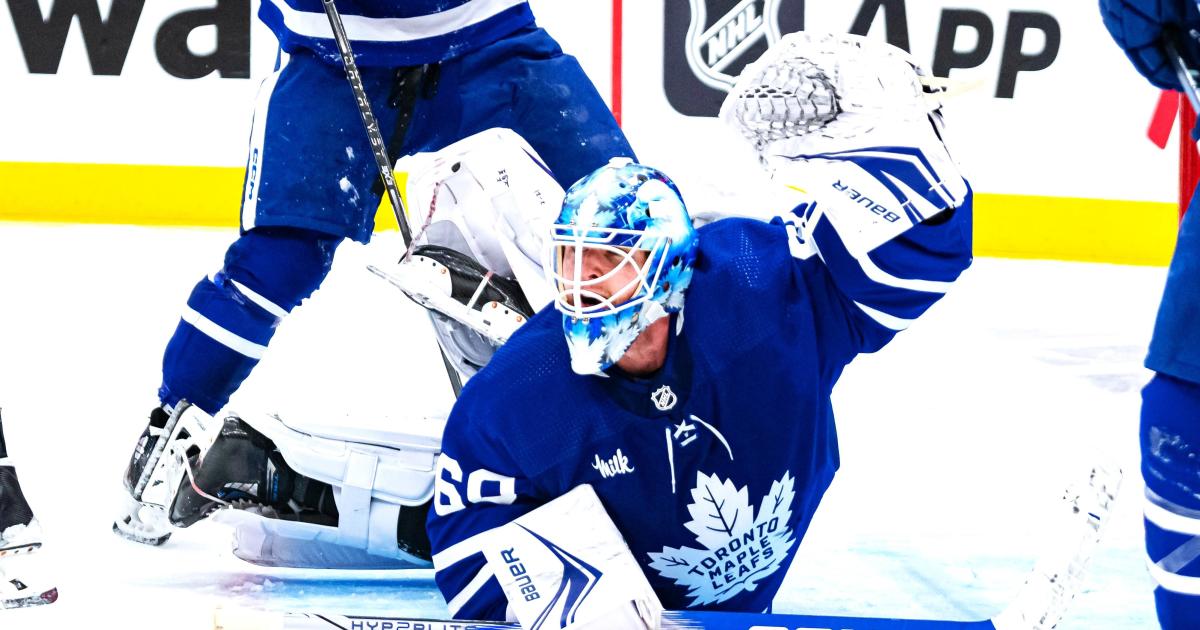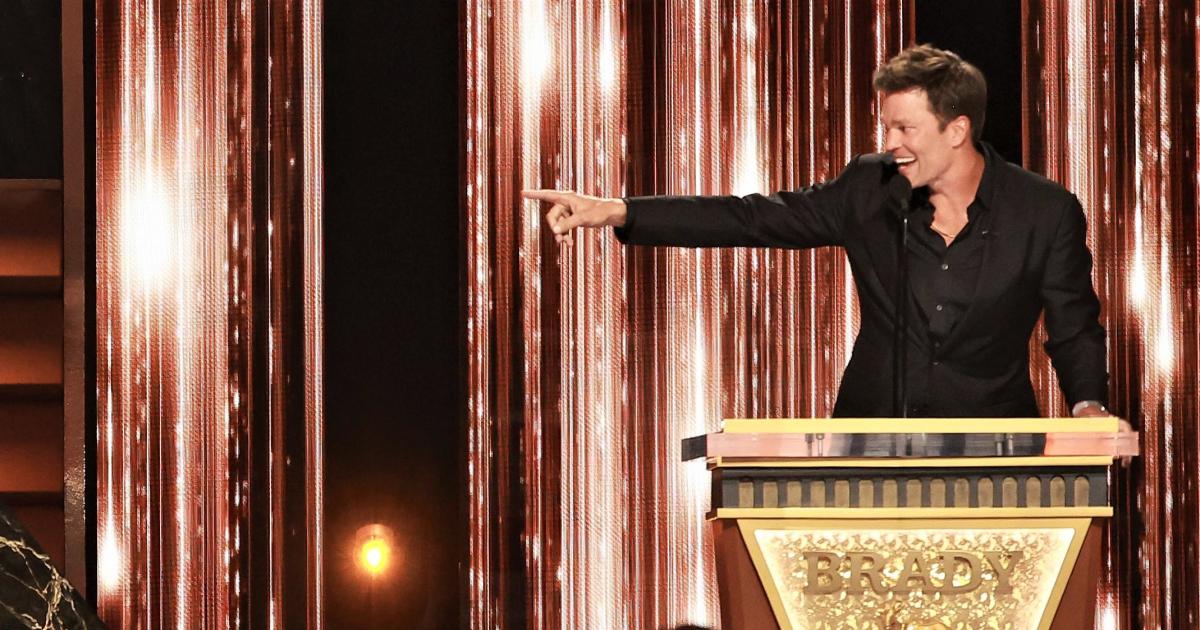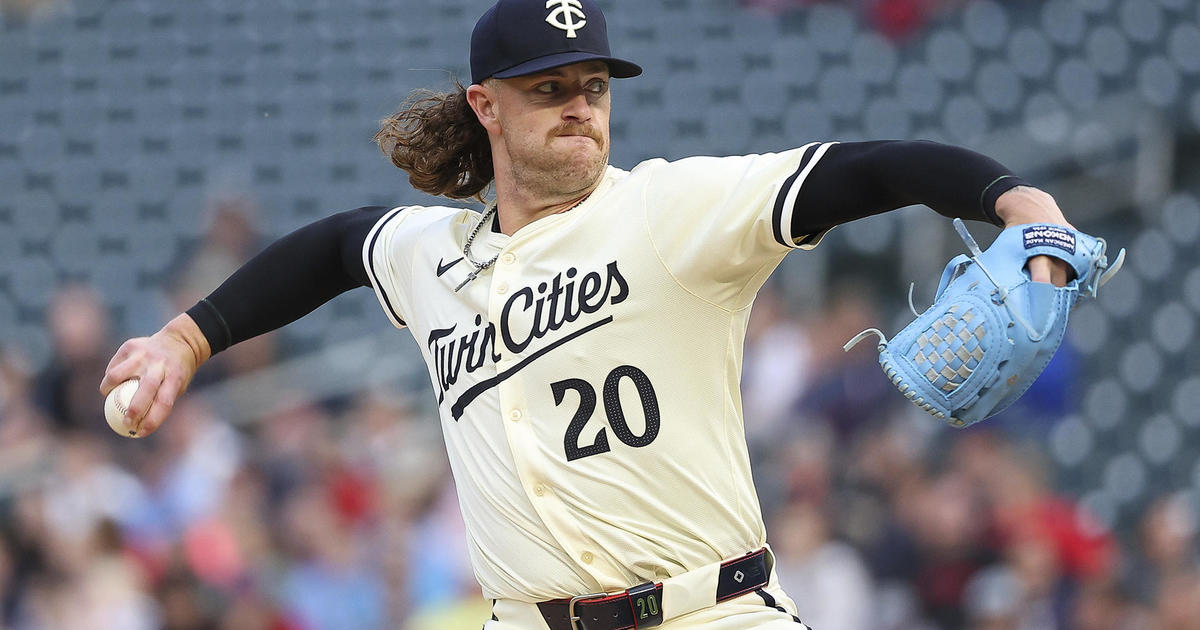NFL's concussion spotter system failed DeVante Parker during Patriots' game in Arizona
BOSTON -- After Tua Tagovailoa suffered his "back injury" early this season just four days before getting knocked unconscious on a nationally broadcast game, the NFL vowed to get serious about concussions.
For the most part, the league has followed through on that directive. But on Monday night in Arizona, the system failed.
Just over 10 minutes into the game, Patriots quarterback Mac Jones connected with DeVante Parker over the middle for a gain of 10 yards. Parker was tackled by cornerback Antonio Hamilton, and the receiver's head hit the ground with significant force.
Immediately, Parker struggled to get to his feet, requiring the assistance of a teammate just to stand. Even then, he was wobbly. On the ESPN broadcast, Troy Aikman saw this right away.
"Oh, he's a little banged up," Aikman said while Cole Strange held up Parker and prevented him from falling over. "They're gonna be watching him -- somebody upstairs should be. He looked a little wobbly coming up after he comes up off the ground."
Aikman -- who dealt with a lot of concussions during his career, before such matters were taken seriously -- was wrong, though. Nobody upstairs was watching Parker.
The Patriots did not huddle, instead making a quick personnel substitution and getting to the line to run their next play. Nobody -- not the ATC spotters who are specifically watching for signs of concussions, not the Patriots' coaching staff, not the team doctor, not the official who was standing mere feet away from an unsteady Parker -- appeared to notice that Parker could not stand up straight. Except, that is, for teammate Nelson Agholor, who was desperately trying to stop the play so that Parker could receive medical attention.
Despite Agholor taking a knee and flailing his arms wildly to get attention, the play wasn't stopped.
The play was only stopped because Cardinals head coach Kliff Kingsbury challenged the previous play, hoping that Parker's catch would be overturned and changed into a dropped pass.
Clearly, despite the NFL making it a point to remove some players from games even when nobody really saw any concussion symptoms (Teddy Bridgewater, for example), there are still cases of clearly concussed players not being seen by the very people hired to look for that specific range of symptoms.
On the positive end of the matter, Agholor's efforts to stop the flow of play -- even if it would potentially hurt his team -- in an attempt to help his teammate was something that hasn't always happened on an NFL field. Players are much more educated and aware of the impact of concussions, and Agholor's desperation showed that the message is landing with some players.
The spotter, though, was a different story.
According to the NFL, the concussion spotters are independent certified athletic trainers. Their "primary role is to observe play on the field and monitor the broadcast feed of that game to identify players who may potentially be injured on a play, with an emphasis on concussions and other head and neck injuries." Beginning in 2015, spotters were given the power to stop the game. The criteria for doing so is rather simple:
"The spotter can only stop play with clear visual evidence of two very specific criteria: A player who displays obvious signs of disorientation or is clearly unstable, and If it becomes apparent that the player is attempting to remain in the game and not be attended to by the club's medical or athletic training staff."
In this case -- despite the fact that zero other games were being played in the NFL, despite the fact that the broadcast focused in on the concussed player -- nobody paid to watch for concussions managed to stop the game in order to protect the concussed player. (Based on one official's reaction after the challenge flag had been thrown, it does appear the spotter did buzz down to the officials -- just not before what would have been another snap for Parker.)
Whatever the case may have been, it's hard to fathom how and why this particular moment didn't trigger the ATC spotter to stop the game immediately. It looked very much like a textbook example of the reason such spotters exist, and it ended up being a spectacular failure in one of the most obvious instances of concussion symptoms being exhibited by a player.
UPDATE: The NFL and NFLPA are "reviewing" the matter to determine what exactly went wrong.
You can email Michael Hurley or find him on Twitter @michaelFhurley.



